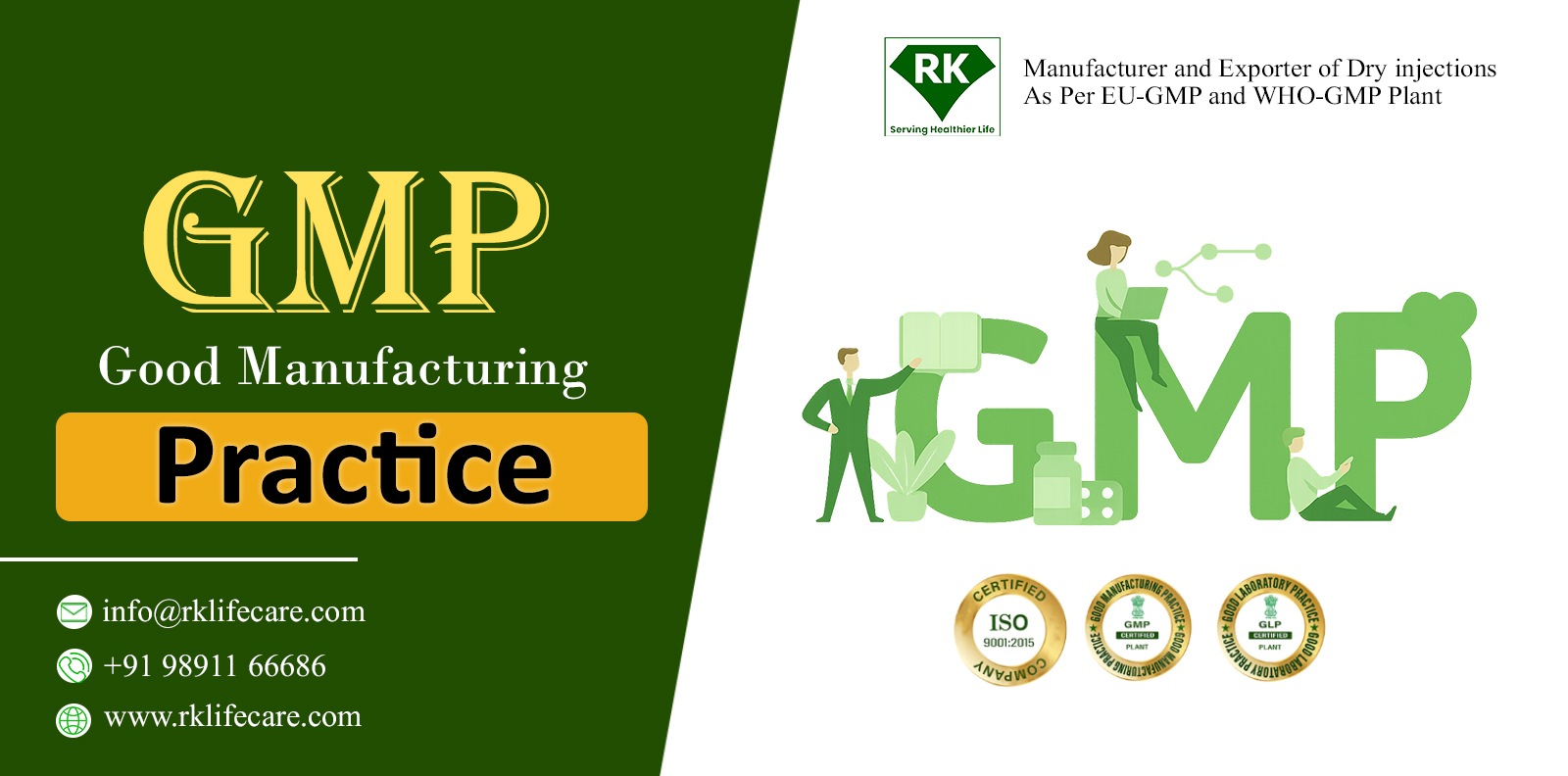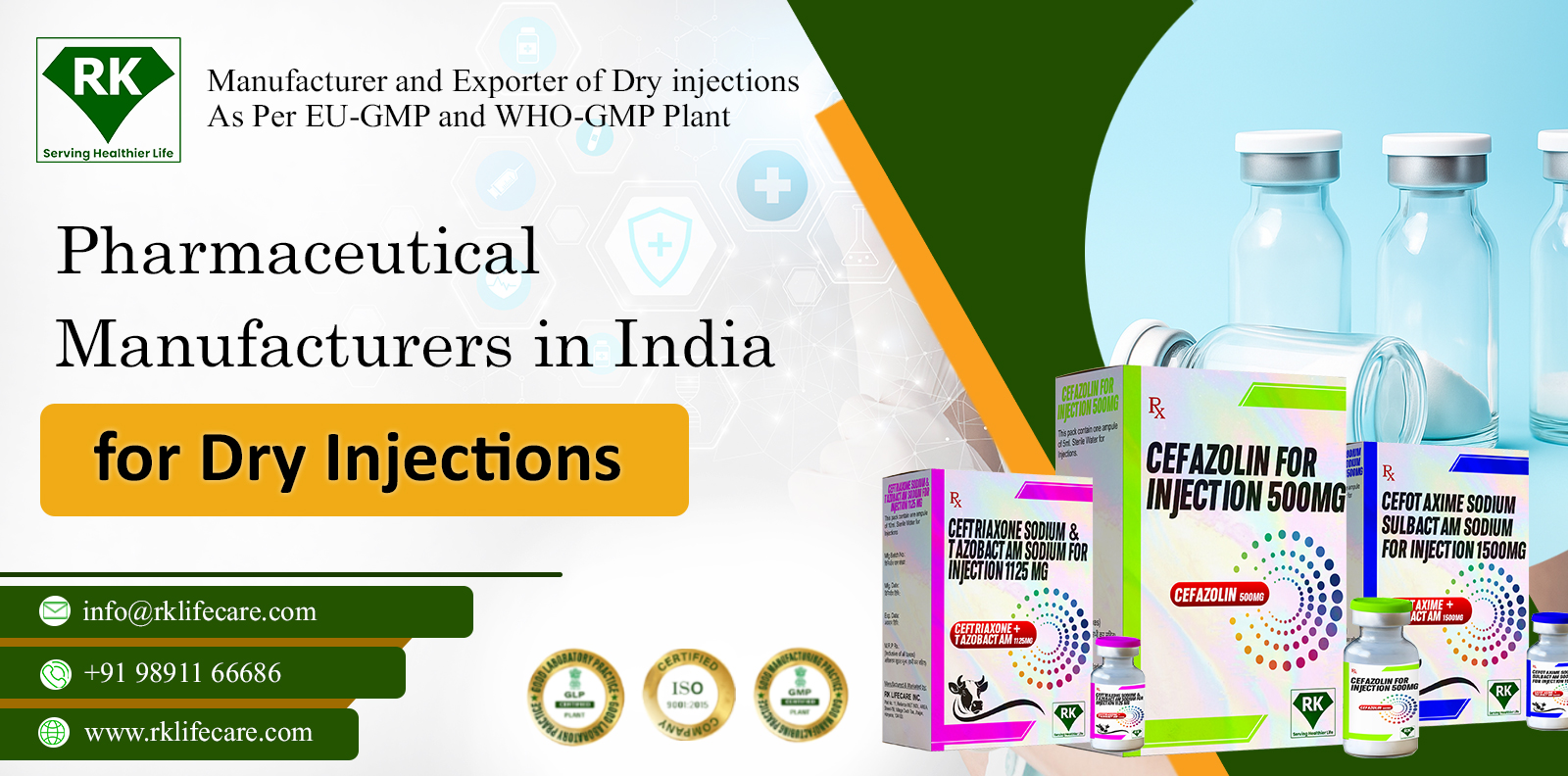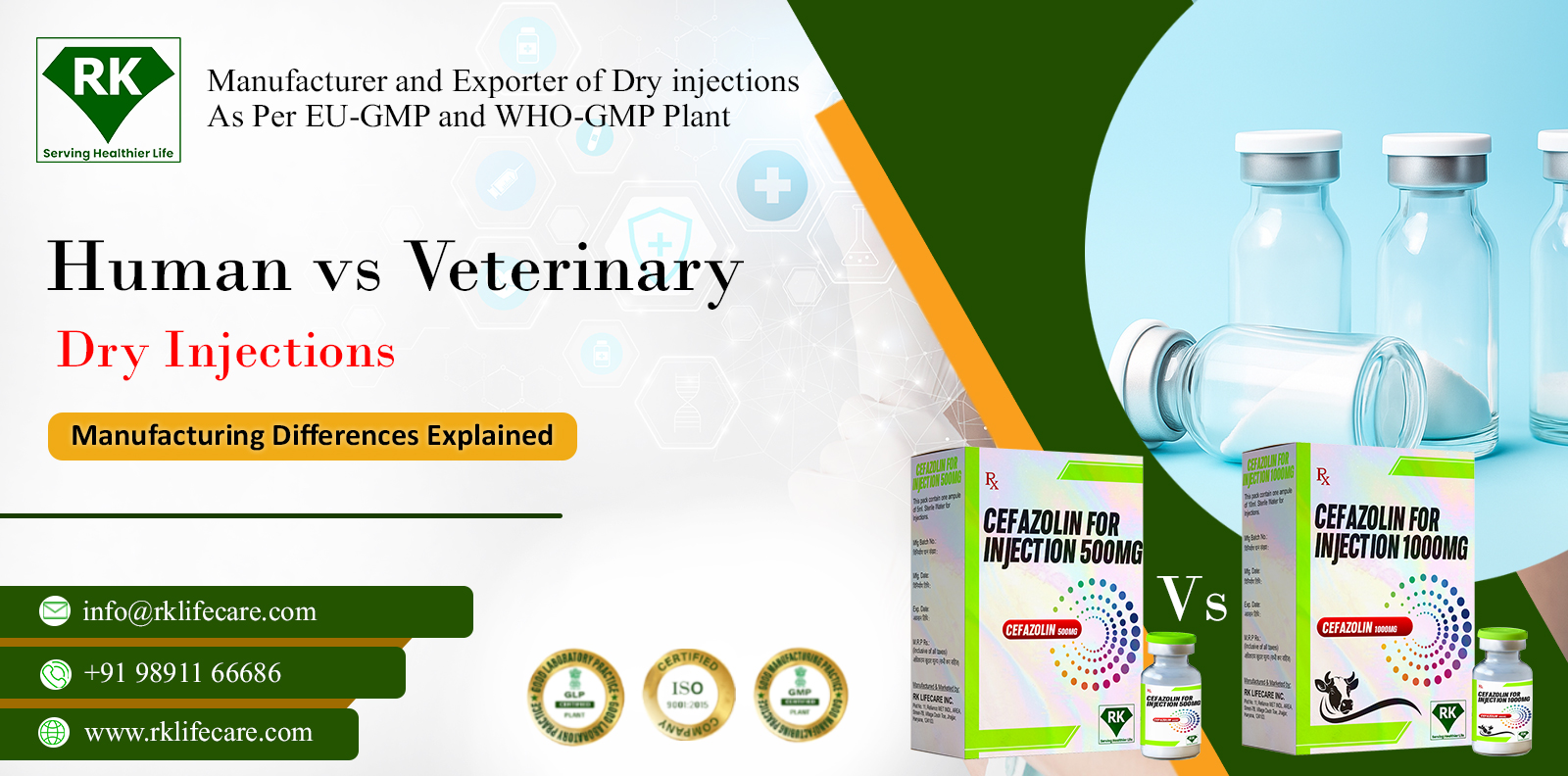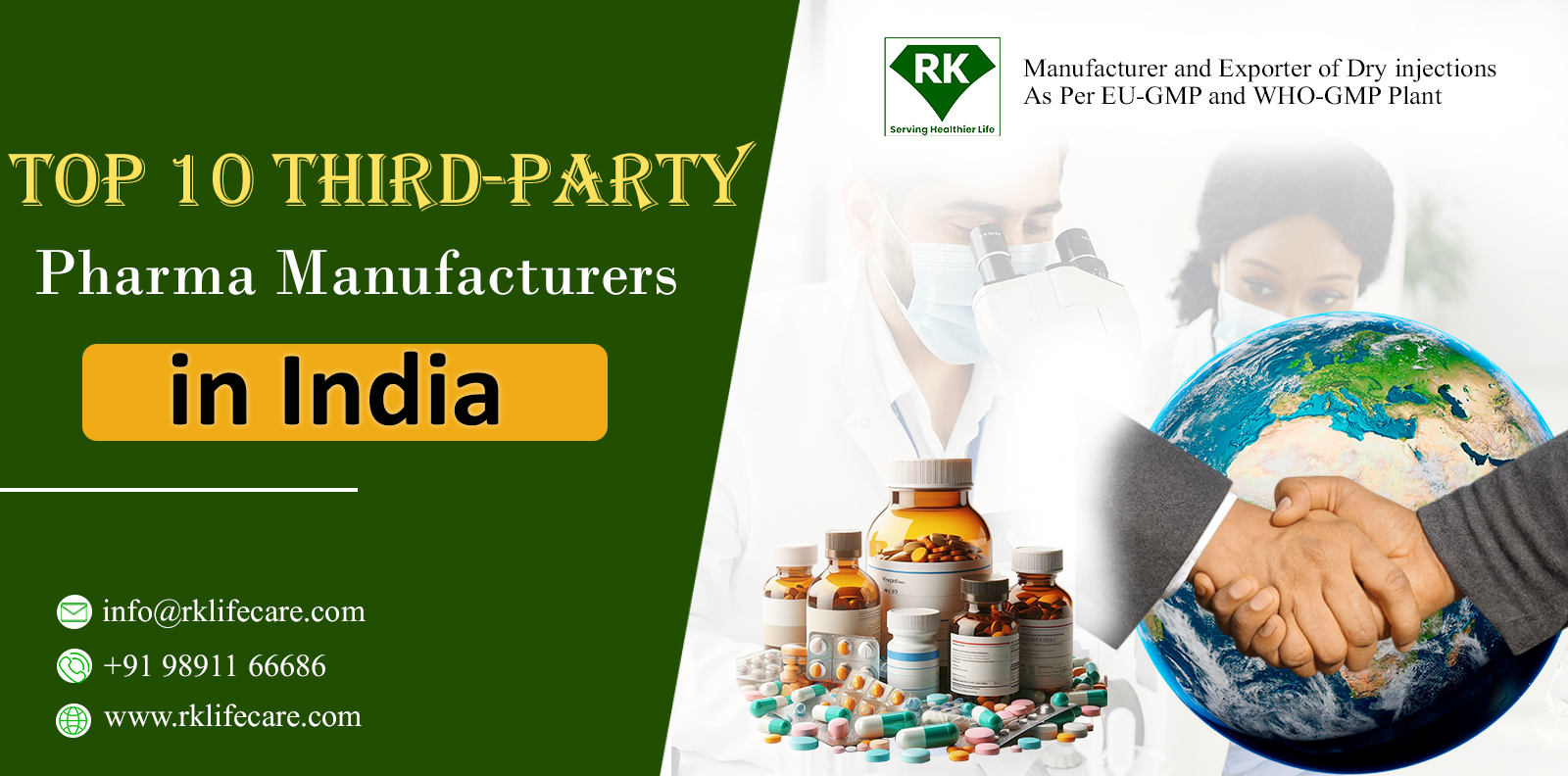
Best GMP (Good Manufacturing Practice) in Pharmaceuticals
Good Manufacturing Practices (GMP) are a set of strict quality guidelines that ensure pharmaceutical products are safe, pure, and effective for patient use. “Best GMP” means following the highest production standards, such as WHO-GMP, EU-GMP, US-FDA, and cGMP.
These practices help prevent errors such as contamination, mix-ups, and mistakes during manufacturing. GMP encompasses every part of the manufacturing process, from raw material procurement to final product dispatch.
Quality Management System
The foundation of the best GMP is a robust Quality Management System (QMS). It sets rules, procedures, and quality standards that everyone must adhere to. A QMS includes quality assurance (QA), quality control (QC), deviation management, change control, risk management, and a continuous improvement program.
QA ensures that the product is manufactured correctly, while QC tests the materials and finished product. Together, they maintain product quality at every stage.
Raw Material and Supplier Control
GMP requires strict control of all raw materials used in pharmaceuticals. Company must only purchase materials from approved, qualified suppliers. Each supplier must be audited and verified. All raw materials—APIs, excipients, and packaging materials—are tested before use.
Certifications such as COAs and MSDSs help confirm their quality. Proper storage and handling ensure that materials remain safe and contamination-free.
Premises and Facility Requirements
GMP requires a clean, well-designed, and properly maintained manufacturing facility. Production areas must be separated to avoid cross-contamination. Cleanroom temperature, humidity, and air pressure must be controlled. Air handling units (AHUs) and HEPA filters maintain clean air.
Water systems such as purified water (PW) and water for injection (WFI) must be regularly tested. Strict cleanliness and sanitation procedures must be followed throughout the facility.
Equipment Qualification and Maintenance
All equipment used in manufacturing must be properly installed, tested, and maintained. This includes DQ (design qualification), IQ (installation qualification), OQ (operational qualification), and PQ (performance qualification).
Regular calibration ensures that machines function properly. Preventive maintenance reduces breakdowns. Cleaning validation confirms that equipment can be properly cleaned without leaving harmful residue.
Personnel Training and Hygiene
Maintaining GMP standards requires a significant amount of people. All employees should be trained on GMP regulations, safety guidance, and their specific job responsibilities. Workers should wear appropriate protective gear, such as gloves, masks, gowns, and shoe covers.
Personal hygiene practices, such as handwashing and sanitizing, are essential. Only healthy and trained staff should enter the production area.
Manufacturing Process Control
The actual manufacturing process must follow approved procedures and validated methods. Batch manufacturing records (BMRs) are maintained for each batch. In-process checks ensure that the product meets specifications at every stage.
Process validation confirms that the method produces consistent quality products. Environmental monitoring checks the cleanliness of air and surfaces in the manufacturing area. Proper material flow and equipment flow help prevent mix-ups.
Packaging and Labeling Control
Packaging and labeling are essential components of GMP, as any labeling errors can be dangerous. Line clearance is performed before packaging begins to ensure that no old materials are present.
Approved labels and packaging materials are carefully checked. Barcodes, batch numbers, and expiration dates aid product traceability. Tamper-resistant packaging prevents damage or misuse.
Aseptic and Sterile Processing
For injectable and sterile products, GMP regulations are even more stringent. The sterile zone must maintain Grade A/B cleanroom conditions. Personnel must follow specific gowning procedures.
Sterilization methods such as autoclaving, dry heat, and filtration must be validated. Media fill tests confirm aseptic methods. Each step is designed to keep the product free of microbes.
Storage, Stability, and Distribution
Finished products must be stored under controlled conditions. Stability studies determine how long a product remains safe and effective. Warehouses follow FIFO and FEFO systems.
Distribution records help trace products in case of complaints or recalls. A proper recall system ensures that immediate action is taken if any problems are discovered.
Conclusion
The best GMP in pharmaceuticals ensures that every drug is manufactured with safety, quality, and care. This includes quality management, facility control, equipment qualification, staff training, production, packaging, storage, and distribution.
By following GMP guidelines, pharmaceutical companies protect patient health and deliver reliable, high-quality medications every time.
Frequently Asked Questions

22 Nov 2025

22 Nov 2025

19 Nov 2025

17 Nov 2025

17 Nov 2025